DBS to cut 4,000 contract and temporary roles as AI adoption grows

The bank will reduce up to 4,000 contract roles through natural attrition, with permanent staff unaffected.
RTO mandate is not to drive voluntary turnover, says Amazon CEO

The call for employees to return to office is to strengthen Amazon’s culture and not to force employees out, CEO Andy Jassy insists.
Return to office or face the sack, Starbucks employees told

Starting in January, corporate employees who fail to be in the office at least three days a week risk losing their jobs.
Responsible retrenchment: Acting with empathy and transparency

Treating employees with dignity and respect during layoffs is not only the right thing to do, but will serve organisations well in the future.
Why organisations have got the RTO debate all wrong

Instead of caring about where employees work, leaders should devote more time to support employees in achieving their key objectives.
Singapore’s tight labour market poses recruitment challenges
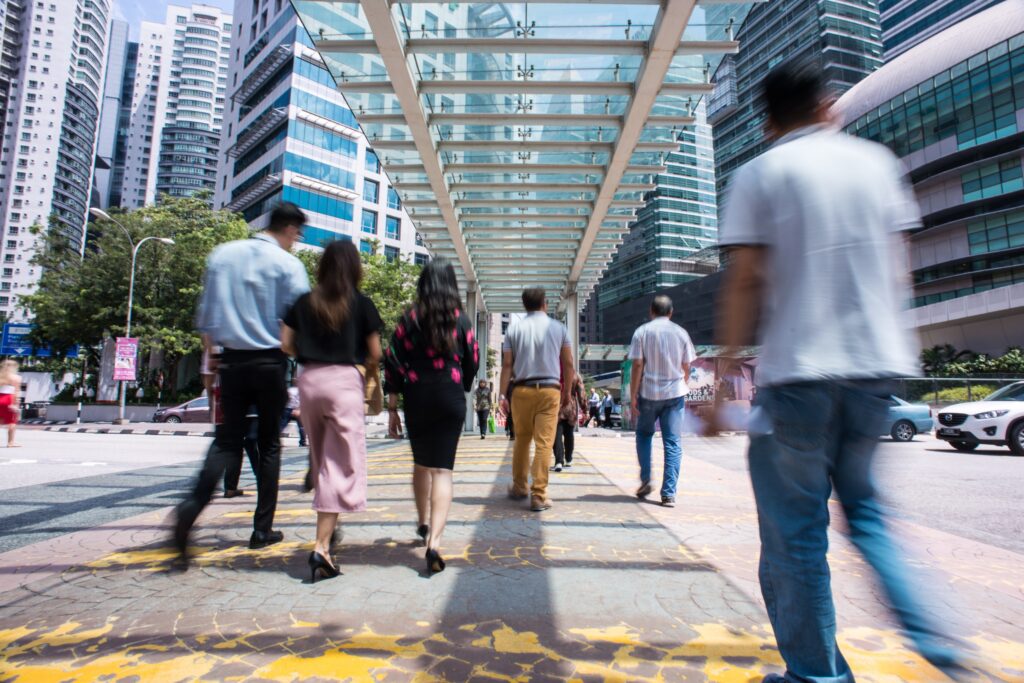
An increase in job vacancies has been concentrated in certain growth sectors, while younger job seekers are taking longer to accept roles.
HR Tech Festival Asia 2024: Employees first for a resilient future

To thrive in 2024 and beyond, organisations must prioritise the importance of human-centric policies and initiatives.
HR Fest Awards 2024 crowns Asia’s best HR leaders and teams

The winners of HR Fest Awards 2024 were announced at a live awards ceremony during HR Tech Festival Asia 2024.
HR Tech Festival Asia 2024: What’s happening on Day 2

The second day of HR Tech Festival Asia 2024 continues, with more experts discussing pressing HR issues within APAC and beyond.
Leading the way with Power Talk at HR Tech Festival Asia 2024
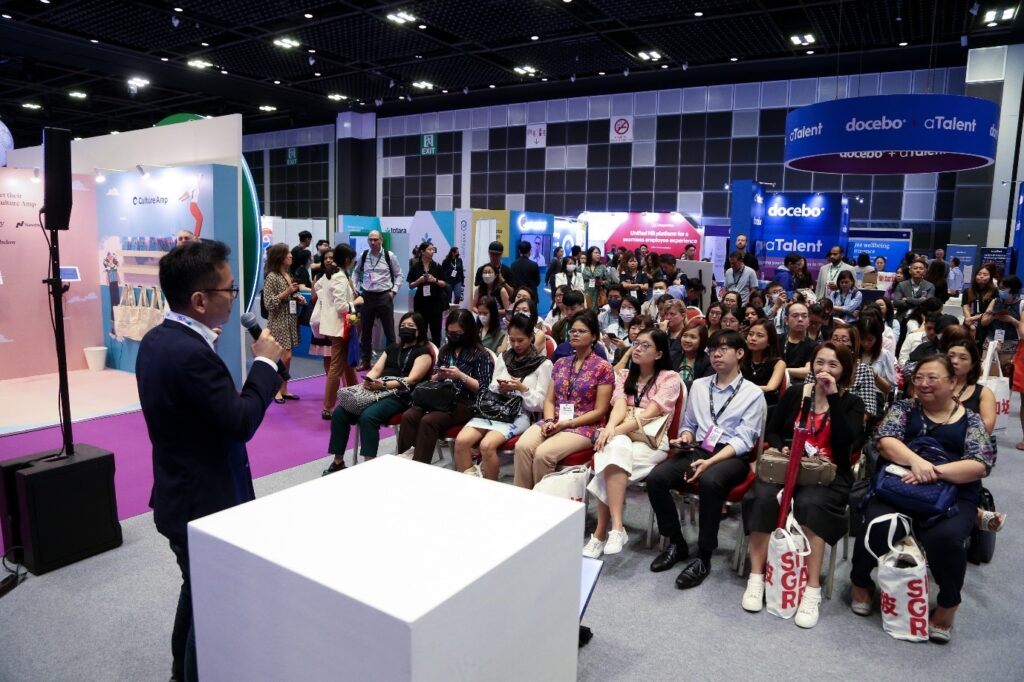
Venture to the Power Talk Stage and learn great topics and subjects from organisations in 20 minutes for two days at the festival.
Leadership strategies in 2024 for CHROs and their organisations
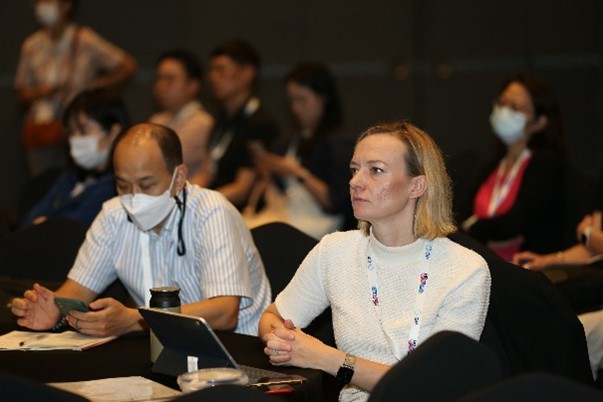
The CHRO Symposium at HR Tech Festival Asia 2024 will be the place to be for CHROs looking to explore trends in HR.
As many 2024 layoffs go virtual, how HR can reduce risk of going viral

Layoffs handled inappropriately, particularly without empathy, can do irreparable damage to an organisation’s reputation with the public.
More support called for retrenched employees in Singapore

Anticipating layoffs to increase in 2024, the NTUC and SNEF have called for more assistance for employees in transition to their next job.
Singapore outlines guidelines on non-compete clauses
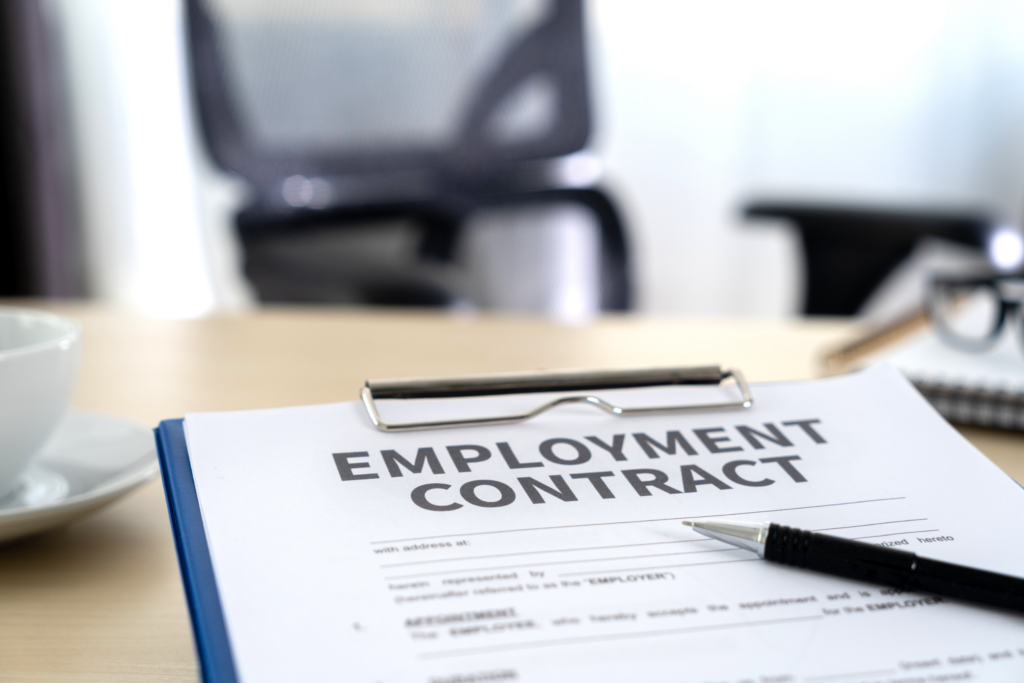
The guidelines aim to complement existing frameworks while emphasising fair treatment for retrenched employees.
CHRO Philippines: Transforming employees, shaping organisations

Embark on HRM Asia’s first CHRO event of the year in the Philippines to compare notes, realign strategies and elevate the workforce for the future.
Singapore labour landscape confronts challenges amid retrenchments surge
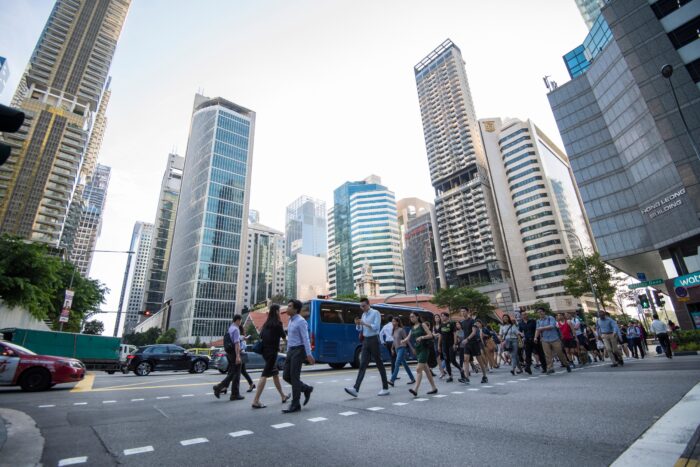
Retrenchment surged to 14,320 in 2023, doubling the previous year’s figure, though a Q4 decline hinted at sector-specific challenges.
CHRO Philippines: Transcending workforce strategies
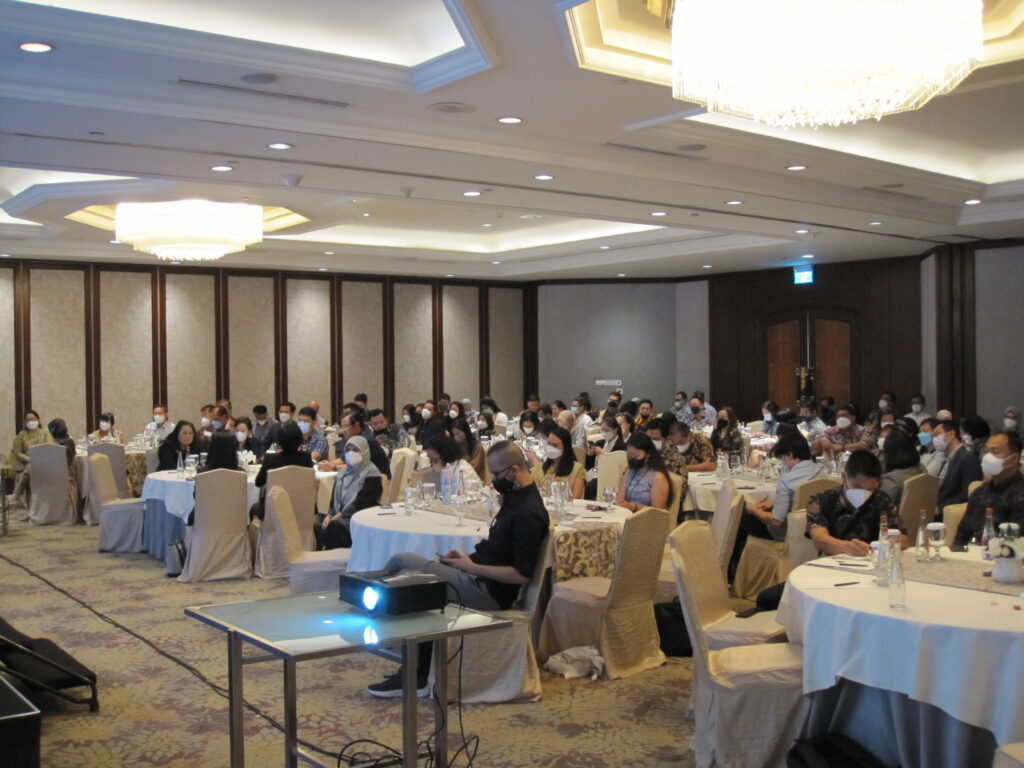
CHRO Philippines 2024 will let HR leaders gather in Metro Manila to compare notes, realign strategies and elevate the workforce for the year ahead.
Shaping organisations, transforming employees

CHRO Philippines 2024 will look into innovative strategies that CHROs can use to formulate great people-first strategies in changing organisations.
Shaping HR for 2024 and beyond: CHRO Malaysia

CHRO Malaysia will provide HR leaders with an opportunity to learn and develop effective people and organisational strategies for 2024.
HRM Asia congratulates Readers’ Choice Awards 2023 winners

Some of Asia’s best HR and HR tech solution providers were recognised at this year’s HRM Asia Readers’ Choice Awards.
South Korea embraces AI’s transformation of labour market

South Korea’s Minister of Employment and Labour has urged firms to be ready for new technologies and has pledged more support for employees.
A people-first focus for a connected workplace: HR Tech Fest Connect 2023

Asia’s largest HR and work tech conference examined post-pandemic workforce challenges and offered key insights for HR leaders to grow their organisation.
Empowering HR leaders to build an engaged and resilient workforce

You can still register for the highly anticipated HR Tech Fest Connect 2023, which is taking place on Wednesday, September 2023!
Resident employment dips in Singapore, but expected to recover
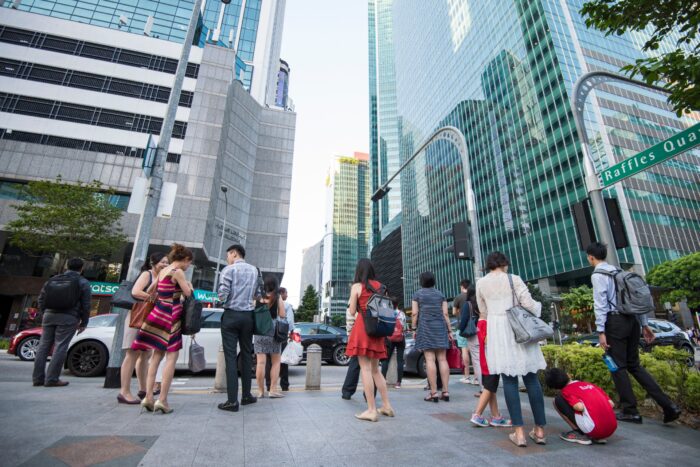
The contraction in resident employment represents the first decline since 2020, as the number of organisations looking to hire decreases.
Business groups in the Philippines warn of job losses amid wage hike

Approximately 10% of retail jobs could be at risk if the wage hike is mandated into law, says Bobby Claudio, President of the PRA.
Employees in Hong Kong welcome new job opportunities

Demonstrating career proactivity and a desire for better opportunities, more employees are less likely to stay with their current employers for long.
Retrenchments in Singapore dip amidst modest employment growth

While the number of layoffs decreased after three consecutive quarters of increase, fewer companies are looking to hire over the next three months.
OpenAI CEO: AI will eliminate jobs despite perks

Despite the potential to boost productivity, AI will make many jobs redundant, says the man who played a key role in the creation of ChatGPT.
Employment grows in Singapore despite cooling labour demand
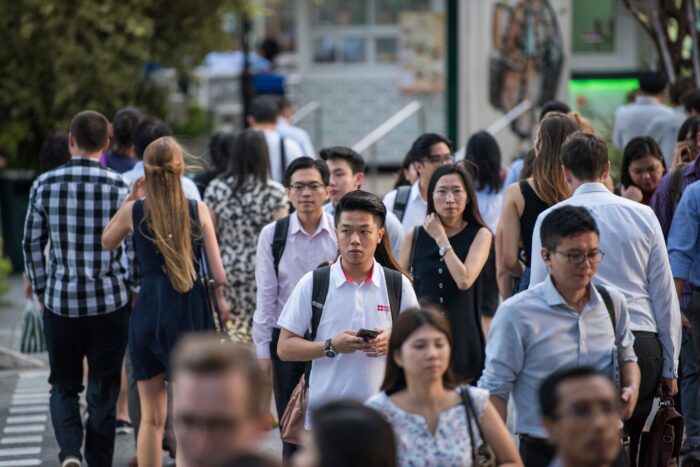
Retrenchments also increased for a third consecutive quarter, although employees are taking less time to find re-employment.
Worry about lack of workers, not technology, says former Google CEO

Future worker shortage from falling birth rates should be bigger worry than AI replacing jobs, says Eric Schmidt, former Chief Executive of Google.
